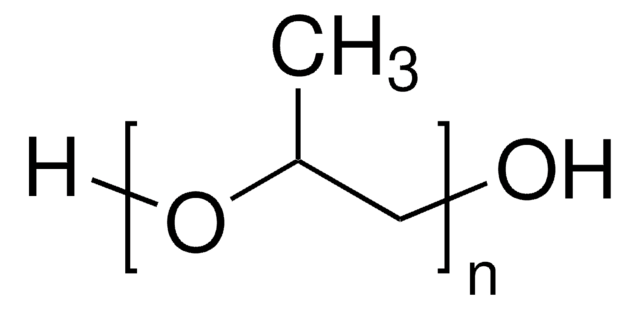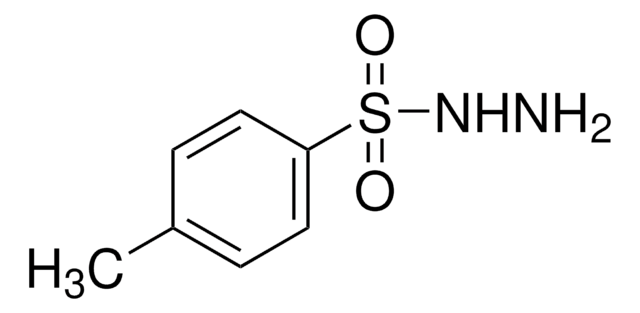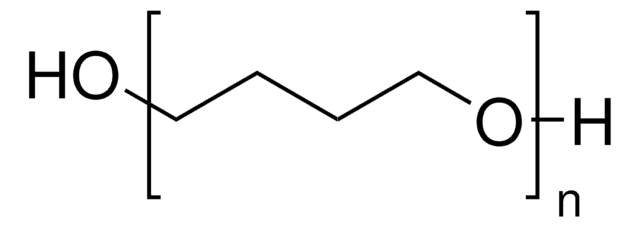202355
Poly(propylene glycol)
average Mn ~4,000
Synonym(s):
PPG, Poly(propylene oxide)
About This Item
Recommended Products
vapor density
>1 (vs air)
Quality Level
vapor pressure
<0.01 mmHg ( 20 °C)
description
functionality 1.7
mol wt
average Mn ~4,000
impurities
≤0.035% Water (Karl Fischer)
viscosity
1,300 cP(25 °C)(lit.)
hydroxyl value
28 mg KOH/g
solubility
H2O: <0.01 % (w/w) at 25 °C
density
1.004 g/mL at 25 °C
SMILES string
CC(O)CO
InChI
1S/C6H14O3/c1-5(8)4-9-6(2)3-7/h5-8H,3-4H2,1-2H3
InChI key
DUFKCOQISQKSAV-UHFFFAOYSA-N
Looking for similar products? Visit Product Comparison Guide
Related Categories
General description
Application
- As a precursor to synthesize biodegradable poly(ether-ester) networks via UV photopolymerization.
- As a stabilizing agent in the preparation of metal nanoparticles such as gold nanoparticles.
- As a starting material to prepare silane-terminatedpoly(urethane-urea)s (SPUR) polymers.
Storage Class Code
10 - Combustible liquids
WGK
WGK 1
Flash Point(F)
445.0 °F - closed cup
Flash Point(C)
229.44 °C - closed cup
Personal Protective Equipment
Regulatory Listings
Regulatory Listings are mainly provided for chemical products. Only limited information can be provided here for non-chemical products. No entry means none of the components are listed. It is the user’s obligation to ensure the safe and legal use of the product.
FSL
Group 4: Flammable liquids
Type 4 petroleums
Hazardous rank III
JAN Code
202355-500G:
202355-250G:
202355-5G:
202355-VAR:
202355-BULK:
Choose from one of the most recent versions:
Already Own This Product?
Find documentation for the products that you have recently purchased in the Document Library.
Customers Also Viewed
Articles
A Review of Mesoporous TiO2 Thin Films
Our team of scientists has experience in all areas of research including Life Science, Material Science, Chemical Synthesis, Chromatography, Analytical and many others.
Contact Technical Service






